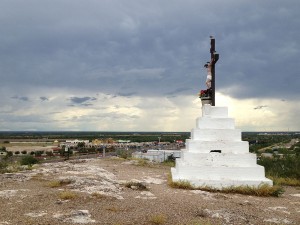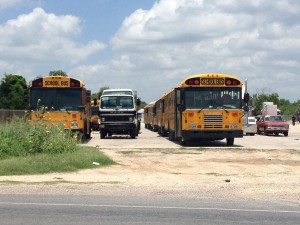Starr County
|
Mine and Lupita’s trip continued west into Starr County. With only 62,000 inhabitants, Starr County is nicknamed the “Hill Country of the Rio Grande Valley.” It’s easy to understand why. The four counties of the Rio Grande Valley are flat, with rich soil created from the Rio Grande River floodplain. But Starr County is more arid, hilly and rocky.

